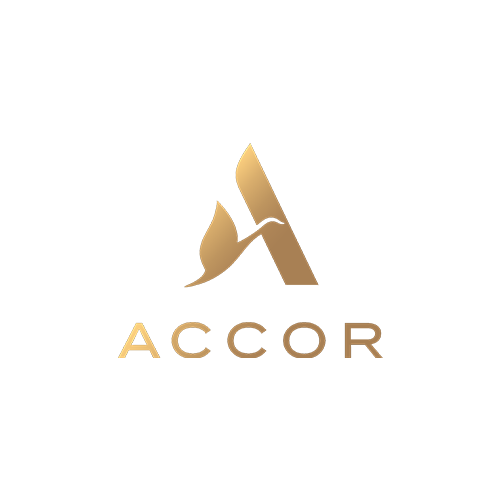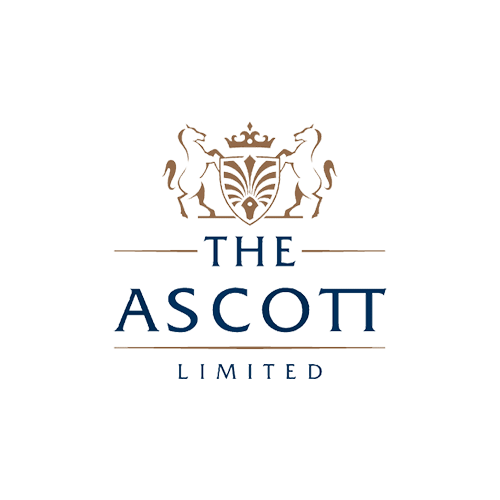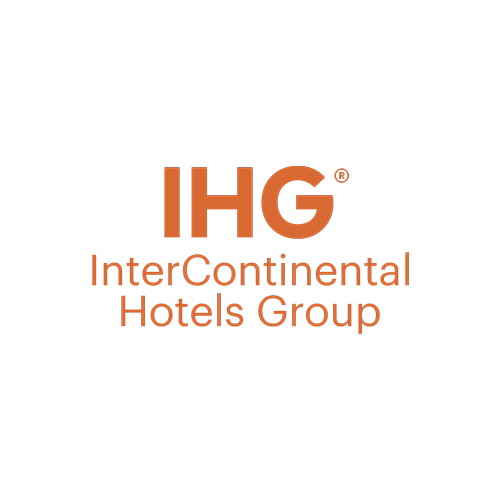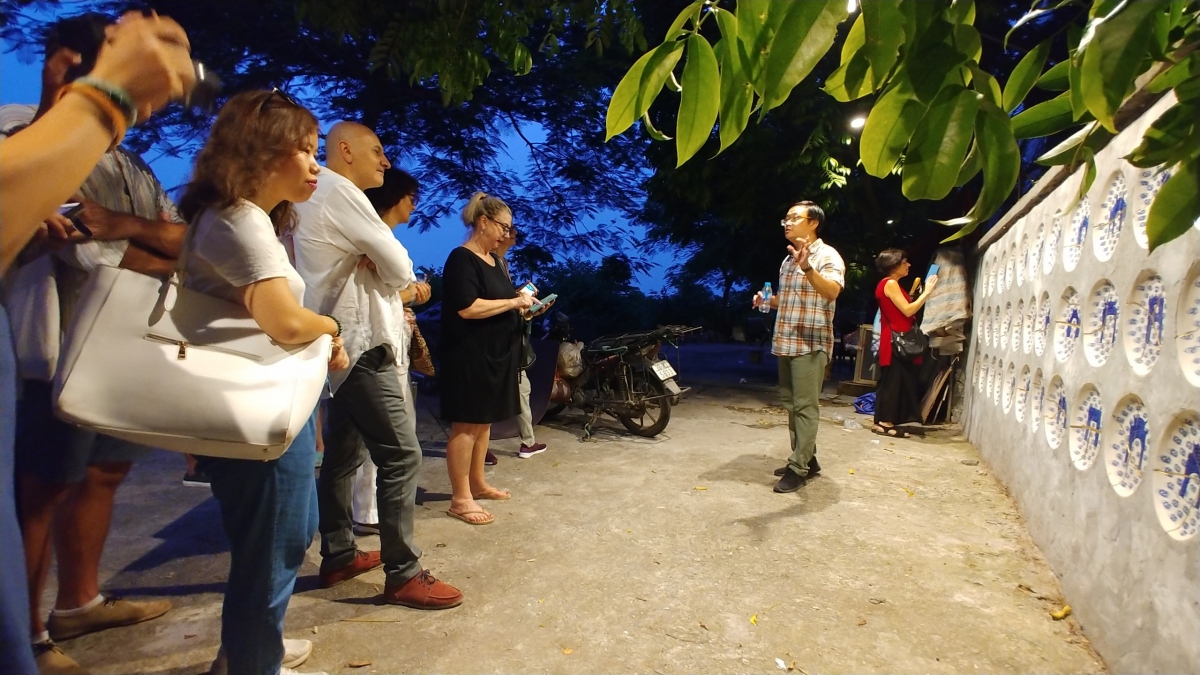
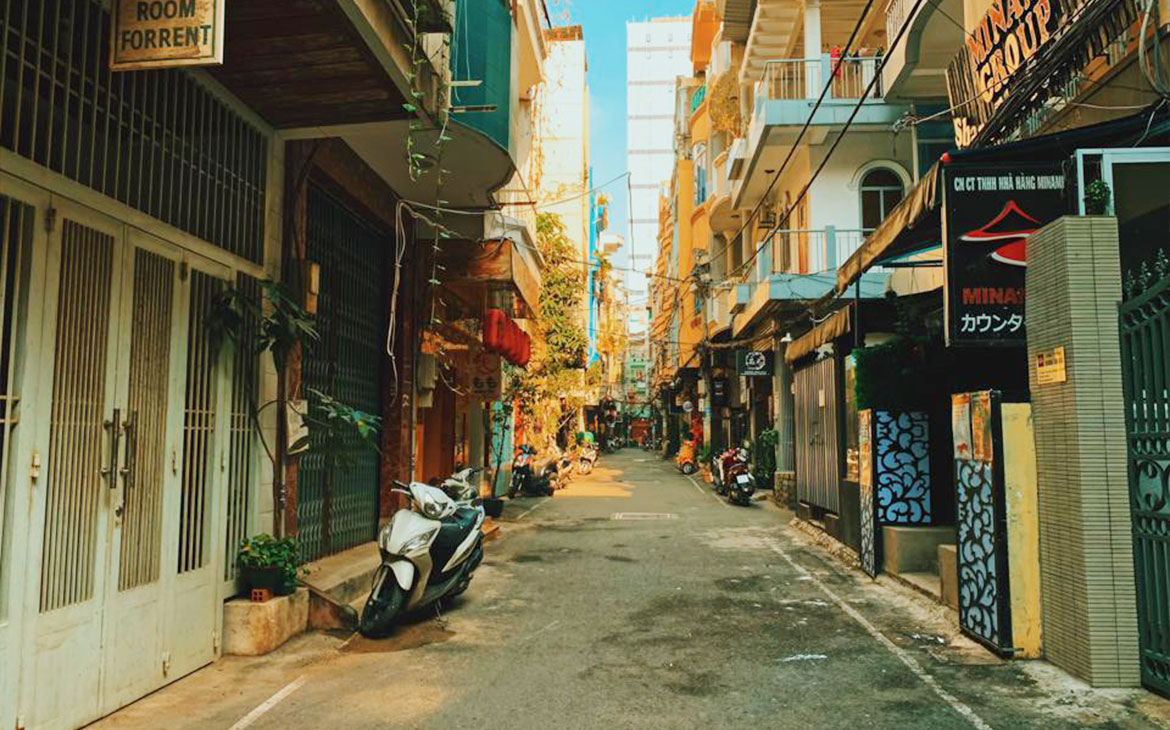
Motivation for sustainable development
At the seminar “Developing culture industry in the Capital for the term 2021-2025, with plan by 2030, and vision by 2045 – issues and solutions”, Deputy Secretary of the Hanoi Party Committee Nguyen Van Phong said that the culture industry is an important force, contributing to sustainable socio-economic development and preserving the traditional cultural quintessence of Hanoi. In particular, the culture industry should be associated with tourism, because tourism is a mixture of cultural elements such as cuisine, craft villages, performing arts, fashion…
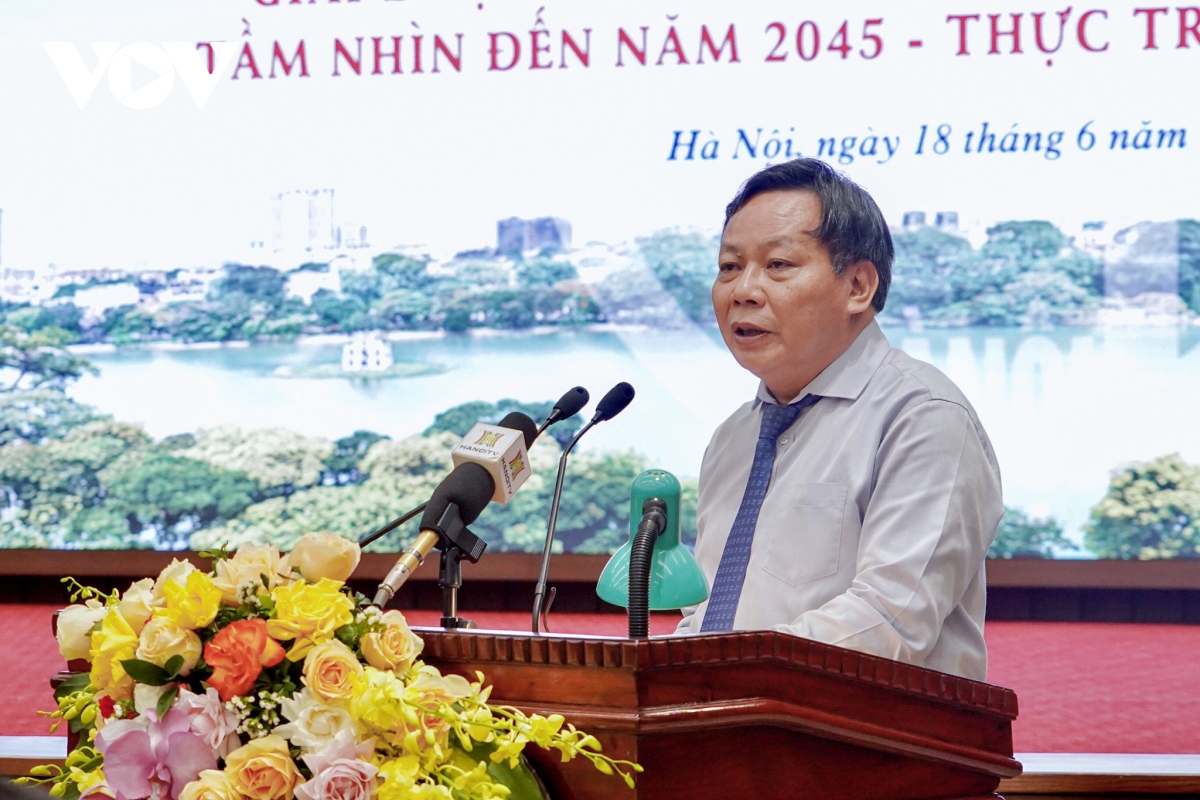
Research by Assoc. Prof. Dr. Nguyen Thi Thu Phuong (Vietnam National Institute of Culture and Arts) shows that cultural tourism is one of Hanoi’s leading competitive strengths. The capital has become an attractive destination for international tourists thanks to its efficient exploration of diverse cultural resources.
In particular, the total direct revenue from traditional craft villages and craft villages of Hanoi city reached about USD 983.5 million in 2018. Deputy Secretary of the Hanoi Party Committee Nguyen Van Phong said Hanoi takes advantage of many traditional craft villages. Hanoi has more than 1,350, among which are villages over 1,000 years old. Mr. Nguyen Van Phong expects craft tourism will develop in the coming years.
However, Assoc. Prof. Dr. Nguyen Thi Thu Phuong said that Hanoi’s cultural products still lack characteristics such as uniqueness, functionality, and a vivid manner of cultural identity. Therefore, it has not satisfied the increasing demand for cultural enjoyment and consumption of the locals and tourists in some travel destinations. Regarding this issue, Mr. Nguyen Van Phong said that Hanoi needs more international cultural activities associated with the trends and leisure needs of the young and tourists. Promoting performing arts shows through the partnership between government and private sectors is a model that Hanoi should consider.
The substance of unique tours
In recent years, many creative cultural models have shaped and served both tourism purposes and local people’s daily lives. Some significant works are popular public art projects in Phung Hung and Phuc Tan (Hoan Kiem District).
Painter Nguyen The Son, curator of the Phung Hung’s project said that for many years after being “put on a new coat”, the area under the bridge on Phung Hung Street has become a must-see destination for tours to Hanoi. Travel agencies bring visitors here not only to check in, and take photos but also to learn about the history and memories of this road, such as public tap water dispensers years ago, the inner city trains, the street vendors or the first motorbike market of Hanoi…

For the public art project in Phuc Tan, the artists turned a messy area full of garbage into an art street nearly 1km long, with a lot of artworks associated with a past era such as “Mirror boat” reminding of a flood of the Red River, “Floating house” about life on the river or “Boat” with images of boats and waves from 10,000 old plastic bottles… This area then becomes a familiar community place for the local people and a favorite destination for international tourists.
Painter Nguyen The Son added that Hanoi has many attractive cultural heritages and beauties to exploit. Focusing on the community, making people love and proud will also attract tourists. “Art projects and creative spaces need to connect with Hanoi’s heritage, attach community memories, connect with the government and people. It will be successful if the project becomes a community cultural space and a tourist destination in the city”.
Lessons learned from Paris
The Representative of Île-de-France (France) in Hanoi, Mr. Emmanuel Cerise stated that Hanoi and Paris have many similarities of a capital region, which possesses many cultural heritages and unique values to attract tourists. Hanoi should expand the cultural and tourism development to the suburban area, like how Paris has done and succeeded.
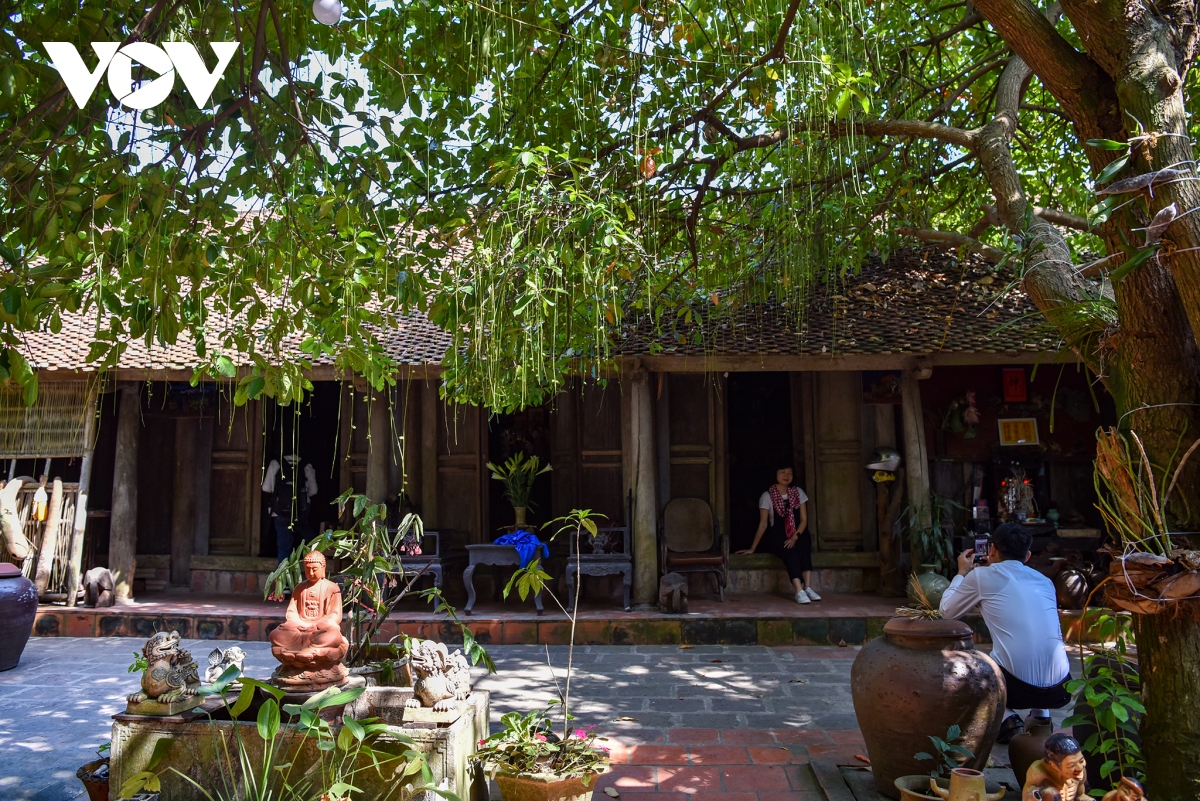
Before the Covid-19 pandemic, the Paris metropolitan area attracted nearly 50 million tourists each year. The places that interested the most visitors were cultural centers and destinations . This enormous amount of visitors requires a large amount of space, infrastructure and traffic. Therefore, Paris forms a large tourism network, spreading to the whole region. When an area is saturated, it immediately has new locations, new exhibitions and new art trends to captivate tourists.
“In Paris, the cultural industry always goes hand in hand with tourism. Many initiatives from the government and the private sector have promoted the two areas at the same time, such as Paris Plus linking cultural sites into a tourist network, the RATP bus route taking visitors through all cultural venues…
Countless music festivals, street art, activities of cultural centers, museums are held periodically in Paris, with many services for visitors to entertain and contribute to the local economy. In general, the development of the cultural and tourism industry requires the participation of many different factors,” shared Mr. Emmanuel Cerise.
Contributing to Hanoi, Mr. Emmanuel Cerise proposed building the Red River to become the main cultural axis, connecting cultural spaces in Hoan Kiem district, developing river tourism and riverside ecology. The craft villages in the outskirts can become the base for the development of innovative products. In addition, Hanoi may consider developing modern entertainment infrastructure in suburban areas.
Theo: https://vov.vn






